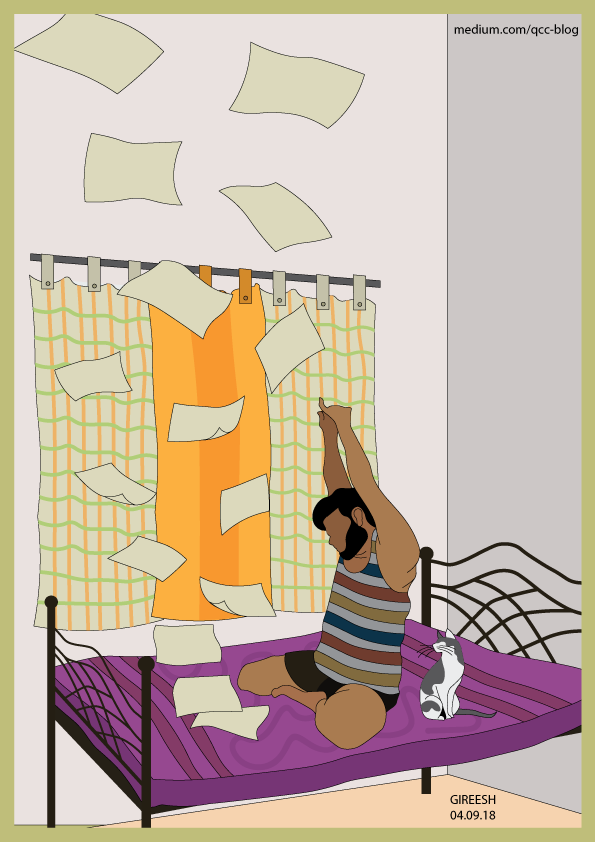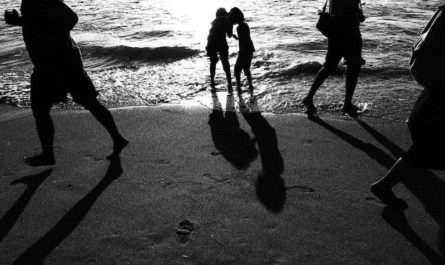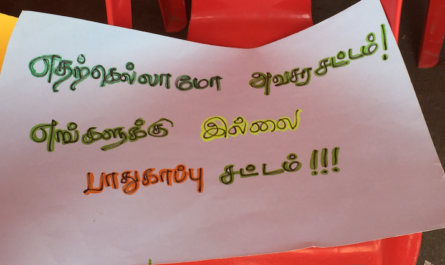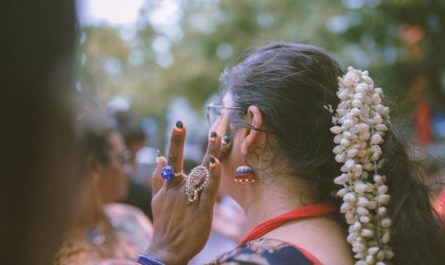
The simmering disagreement around LGBTQIA+ terms in the online Tamil circle burst yesterday when a Tamil Instagram page posted Tamil terms for LGBTQIA+ labels. The labels for gay men and lesbian women that triggered is considered brahminical, nambi (நம்பி) and nangai (நங்கை), by some. Personally, I also find these terms limiting when it comes to addressing the sexuality of trans persons in Tamil.
A lesbian trans women will become திருநங்கை நங்கை; similarly, a gay trans man will be திருநம்பி நம்பி. The terms have become obsolete expressions along with the other issues.
If we look at the other terms, there isn’t universal acceptance within the queer community. We need to understand that the Tamil population itself is diverse. We are spread across India, Sri Lanka, Malaysia, Singapore and there is a huge Tamil diaspora in Europe, Canada and other countries. We carry our own geo politics in our language. Additionally, for most of us in India, the modern labels are in English and being a periphery Anglosphere region, it reflects in our thought process when we try to communicate the labels in our native language. I want to be careful here by saying that the labels for various queer identities in English are new to us, but not queerness itself. Even today we have many folks in our country who do not align with cisgender and/or heterosexuality, and at the same time are oblivious to the queer labels we use in the activist, academic and literary space.
The term lesbian is derived from the name of the Greek island Lesbos. A noun that has become a label. And for gay, a term meant happy became a slur and reclaimed to become the identity. Today both these labels have become an adjective and noun. Even today pejorative use of these terms is prevalent. Other labels are mostly descriptive of the identity or portmanteau words. And as queer, again a pejorative which was reclaimed and has become an umbrella term in the recent past. I have come across older generation queer folks from the US and UK who still don’t approve the usage of the term.
For me finding or coining queer labels in Tamil is primarily to communicate. To reach more people so it is easy to discuss and bring awareness about queer identities and queerness. The descriptive or the portmanteau words are easy to coin in Tamil. And I also see that one of the reason why labels apart from lesbian, gay and queer escaped the scrutiny.
Over the years from my learning, I have also come to understand that the terms we coin may become obsolete and it is not enough to just look at the identity while coining the term, but also the concepts that surround the identity, which is open to capture other expressions related to the identity. As we gain more knowledge about gender, sexuality and sex we may move away from any terms that is being used today. Being open to that idea of the change is what we have to tune ourselves to.
For example, when we used paal’puthumaiyinar (பால்புதுமையினர்) or paal’puthu (பால்புது) we made sure to announce that we will use queer and paalputhumai (பால்புதுமை) alternately. And also, we found it easy to coin other expressions such as queer code (குயர் குறியீடு, பால்புது குறியீடு), queephobia (குயர் வெறுப்பு, பால்புது வெறுப்பு), queer baiting (குயர் வேட்டை, பால்புது வேட்டை), queer literature (குயர் இலக்கியம், பால்புது இலக்கியம்) in Tamil using both queer and paalputhu (பால்புது). For those of us who use paal’puthumaiyinar (பால்புதுமையினர்), it is not just an umbrella term or identity it is also a term that helps explain other expressions and concepts related to queerness. And we did lean on to the Dravidian self-respect movement to localise Pride — சுயமரியாதை; queer pride — பால்புது சுயமரியாதை; queer pride parade — பால்புது சுயமரியாதை பேரணி. It is the ease of usage and the ease of sending across the message. And it is also a dynamic and renewable term that has room to accommodate undefined labels and identities in the future.
As I said above, the Tamil queer community is not a monolith. And it is perfectly ok for different camps to go ahead with the terms and labels they’d like to use. More terms make it easy and at the same time has the possibility of confusion. But more is merry for me. At the same time, it is also important to not import terms that comes with supremacist ideas or that reinforces cis-heteronormativeness in our space.
A lot of gay men are happy to use the term magizhvan (மகிழ்வன்), some of us found this word to be a literal translation of the term gay. The term gay has loaded meaning and history as compared to magizhvan. But to be honest, this term reached hidden population of gay men. Today I am fine with folks who want to use this term to refer themselves or to mean gay. Few years ago, I was totally not in favour of the usage. I also find the term magizhini (மகிழினி) for lesbian patriarchal. Why should a term for lesbian women be coined/derived from a term that was coined for gay men in Tamil? Whereas in English the terms gay and lesbian are from entirely different world. Folks need to look into this.
With all this discussion we have around labels for queer identities, what we are forgetting is that we are giving up sex, gender and sexuality to cisgender heterosexual persons. As a marginalised community it is important for us to identify ourselves — to group, to assimilate, to find community, etc., etc. But I would also question the non-inclusive usage of terms related to gender and sexuality in Tamil. When we say male (ஆண்) and female (பெண்) it should be inclusive of both trans and cis gender persons. So, we need to find and normalise the usage of the cisgender term in Tamil. And the same goes to sexuality, if I am being constantly referred as a gay man, then a heterosexual man has to be constantly reminded (as if it is needed) of his sexuality label. That is where we need to move ahead instead sitting in an echo chamber.
~*~*~
Additional reading: நீங்கள் பழமையாகிவிட்ட இடத்திலிருந்தும் நாங்கள் புதுமையானவர்களே



